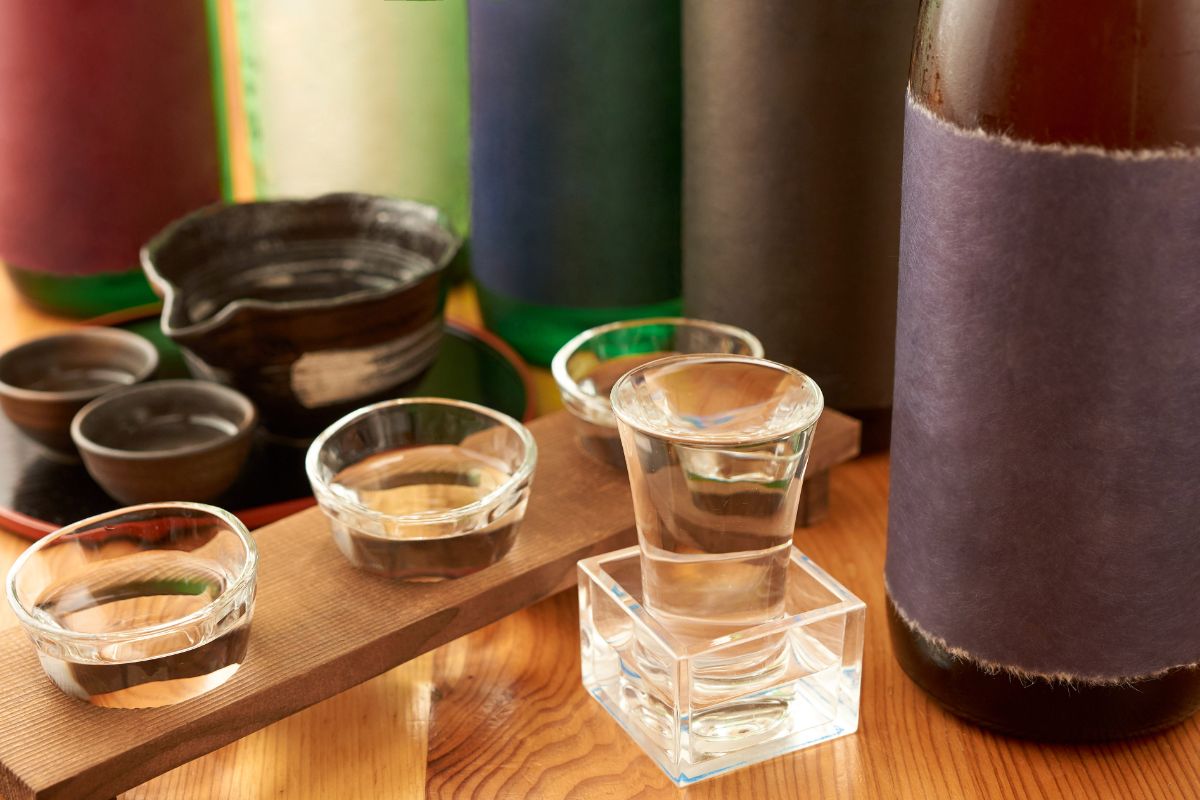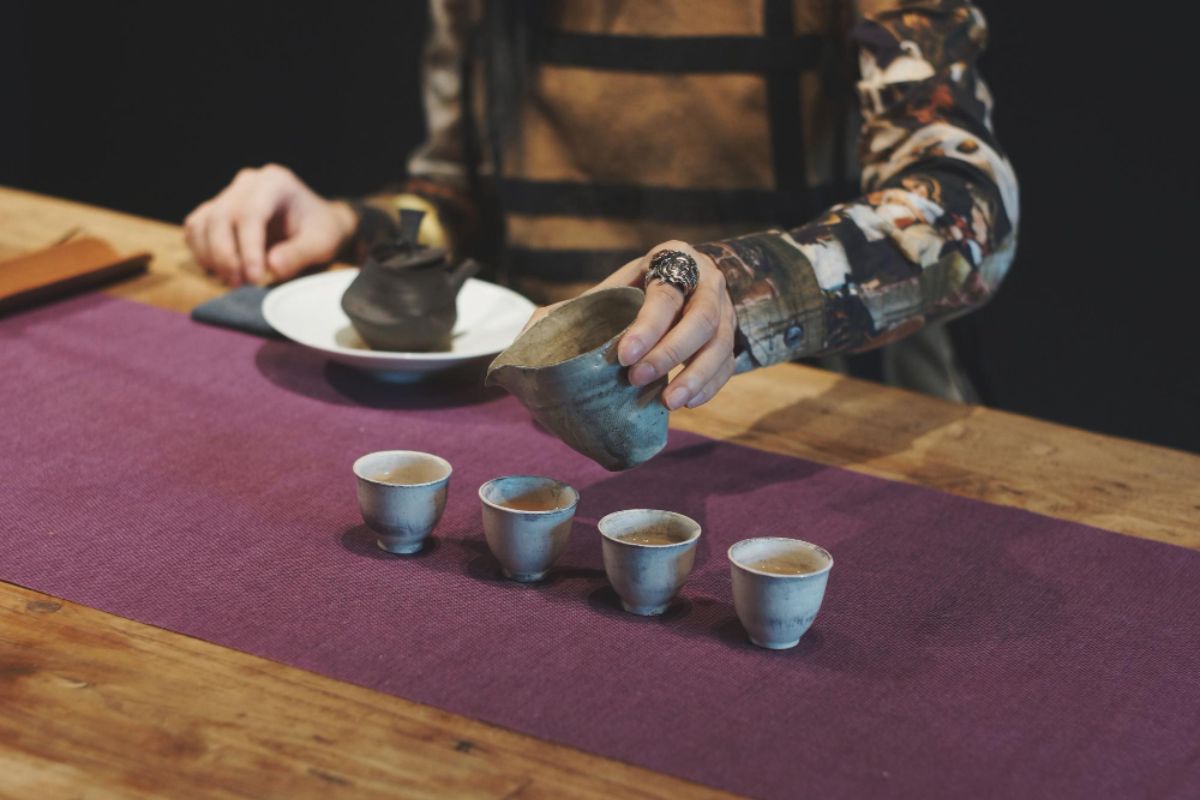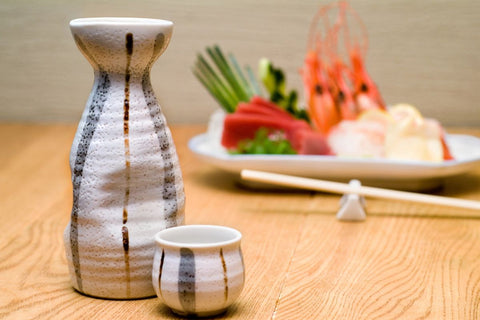How to choose the best sake that suits your taste?
- Understand the different sake types
- Learn about the rice polishing ratio
- Experiment with aromas and flavors
- Match the SMV to your preference
- Seek recommendations
- Don’t be afraid to explore
Overview
- Understand the different sake types, such as Junmai and Daiginjo, which offer unique flavor profiles and characteristics.
- Learn about the rice polishing ratio and how it impacts the flavor and complexity of the sake so you can choose sakes that align with your specific taste preferences and explore a wider range of options.
- Experiment with aromas and flavors, using your sense of smell to discover the perfect match for your palate so you can identify the sake that resonates best with your taste preferences.
Sake has always been enjoyed by many both in Japan and worldwide. However, many are still finding the best flavors of this traditional drink. Just like all other types of alcoholic beverages, there is a drink that suits your tastes so you can fully enjoy the experience.
So grab your cups because, in this article, we will guide you on how to choose the best sake for your palate.
Understand the Different Sake Types
Understanding the types of sake is crucial because it allows you to identify flavor profiles, aromas, and textures that align with your preferences. By knowing these distinctions, you can confidently select sake varieties that cater to your palate, ensuring a more enjoyable drinking experience.
Here are some types for you to explore:
- Junmai: It is made solely from rice, water, yeast, and koji mold. This traditional Japanese drink is known for its rich and bold flavor, with a slightly acidic and robust taste.
- Daiginjo is a premium sake made with highly polished rice that produces a smooth and delicate flavor with fruity notes. It is typically light and fragrant, making it a favorite among those looking for a more refined taste.
Each type of sake has its distinctive essence and character, suitable for different preferences and occasions. Whether you prefer a bolder or more delicate flavor, there will be a sake to suit your taste.
Learn About the Rice Polishing Ratio
The Rice Polishing Ratio indicates the amount of the rice's outer layer removed during sake production. A higher ratio suggests more polishing, resulting in a purer and more delicate flavor profile, while lower ratios yield refined and intricate sakes. Understanding this aspect directly impacts the flavor, aroma, and overall quality of the sake.
Sake with a higher polishing ratio tends to be more refined, aromatic, and complex, with a smoother texture and delicate flavors. On the other hand, sake with a lower polishing ratio often exhibits bolder, earthier flavors and a fuller body. This knowledge empowers you to select sake varieties aligned with your taste preferences, whether you favor crisp and light or robust and rich profiles.
Experiment With Aromas and Flavors

Sake has lots of different smells and tastes for you to try. Some can be fruity or flowery, while others are earthy and strong. Each type of sake is like a new adventure for your senses.
You might like the smell of apples in one type of sake, or the taste of lychee in another. So try comparing different kinds to see which smells you like best. By trying out different smells and flavors in sake, you can find the perfect one for you and have fun exploring all the options in the world of sake.
Match the SMV to Your Preference
Understanding the Sake Meter Value (SMV) scale is important when you are choosing a sake that suits your taste preferences. This scale serves as a compass, guiding you through the spectrum of sweetness and dryness inherent in different sake varieties.
If you like things a bit sweeter, go for sakes with a positive SMV; for a drier taste, choose ones with a negative SMV. For instance, popular Junmai Ginjo sakes usually have a slightly positive SMV, striking a nice balance of sweetness.
Meanwhile, Junmai Daiginjo sakes tend to have a more negative SMV, offering a crisper and drier flavor. Mastering the SMV scale allows you to pick sakes that match your taste, making your sake journey more enjoyable and personalized.
Seek Recommendations
With the variety of options, the ratios, and the scale you have to take note of, this sake journey might become too overwhelming. That is why, it is always recommended to seek out help and ask for recommendations from others.
It may be from a forum online, blogs, or even a relative or a friend who is keen when it comes to drinking sake, don't hesitate to reach out and ask questions — people are usually happy to share their knowledge and passion for sake.
By seeking guidance and recommendations from others, you can make the process of exploring sake much more enjoyable and less overwhelming. Remember, it's all about discovering what you love and having fun along the way.
Don’t Be Afraid to Explore

Try out different and exciting choices instead of always going for the same old ones. Every bottle has a special story, waiting for you to explore it. So by being brave and trying new things, you will find hidden gems that match your taste perfectly.
Don't be afraid to try different kinds of sake. Being brave enough to step out of your usual choices will lead you to pleasant surprises that you'll love. Taking on this bold attitude towards trying different sakes will not only help you learn more but also make your experience better, making each sip a fun adventure.
Key Takeaway
If you're new to sake, you may be wondering how to choose the best sake for your palate. It's not as easy as solving a math problem, but more like a fun journey of learning and trying new things. At Ralph's Wines and Spirits, we have a great variety of Japanese sakes to help you find the perfect one for you.
Don't let the confusion of choice overwhelm you – embrace the expertise of our selection at Ralph's. Shop with us today and let our seasoned enthusiasts guide you to the ideal sake that suits your taste buds.



